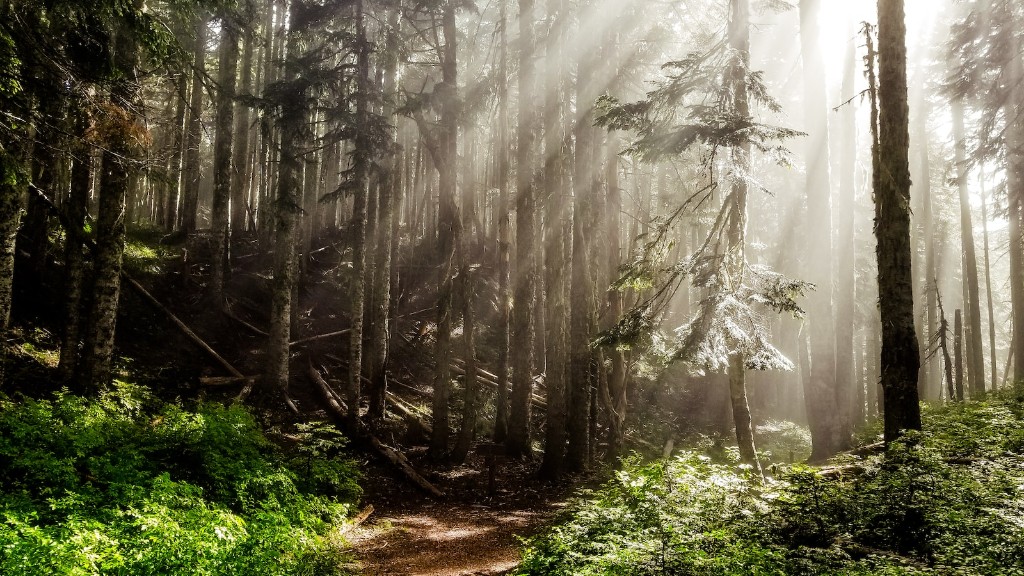Is the Black Forest Still in Use Today?
The Black Forest, located in the southwest of Germany, has long been known for its enchanting scenery, rich history, and cultural significance. Spanning over 6,000 square kilometers, this vast wooded region has attracted visitors from around the world for centuries. Today, it continues to hold a special place in the hearts of locals and tourists alike. But is the Black Forest still in use in the modern world? Let’s explore.
Background and Historical Significance
The Black Forest holds a fascinating history that dates back thousands of years. It has witnessed the rise and fall of civilizations, provided a habitat for diverse flora and fauna, and served as a crucial economic resource. In the past, the forest played a vital role in supplying timber, which was used for building houses, crafting furniture, and even producing charcoal for industrial purposes. Additionally, the Black Forest has inspired countless artists, writers, and musicians throughout history.
Contemporary Use and Economic Impact
While the Black Forest may no longer be the primary source of timber production, it continues to contribute significantly to the region’s economy. Today, the forest thrives as a popular tourist destination, attracting nature enthusiasts, hikers, and cyclists. Its breathtaking landscapes, hiking trails, and picturesque villages captivate visitors year-round. Moreover, the region’s famous Black Forest Gateau, a delicious chocolate and cherry cake, has become an iconic culinary delight that is enjoyed worldwide.
Conservation Efforts and Sustainability
Preserving the natural beauty of the Black Forest has become a top priority for local authorities and environmental organizations. Efforts are being made to protect the diverse ecosystem and prevent deforestation. Sustainable forestry practices are being implemented to ensure the forest’s longevity for future generations. Additionally, initiatives are underway to promote eco-tourism and raise awareness about the importance of preserving this unique natural environment.
Expert Perspectives
According to Dr. Julia Müller, a leading expert in regional development, the Black Forest remains relevant and continues to evolve in response to changing social and environmental contexts. “The forest is not only a valuable economic asset but also a symbol of tradition and cultural heritage. It serves as a constant reminder of the intrinsic connection between humans and nature,” she remarks. Meanwhile, Professor Hans Schmidt, an environmental scientist, emphasizes the need for sustainable management practices. “To ensure the Black Forest’s continued existence, we must establish a balance between economic activities and ecological conservation,” he notes.
My Own Insight
Having had the privilege of exploring the Black Forest myself, I can attest to the enduring allure of this majestic region. The interplay between dense woodlands, tranquil lakes, and idyllic villages produces a magical atmosphere that is hard to replicate elsewhere. While the forest has adapted to changing times, its essence remains intact, providing a sanctuary for both nature and the human spirit.

